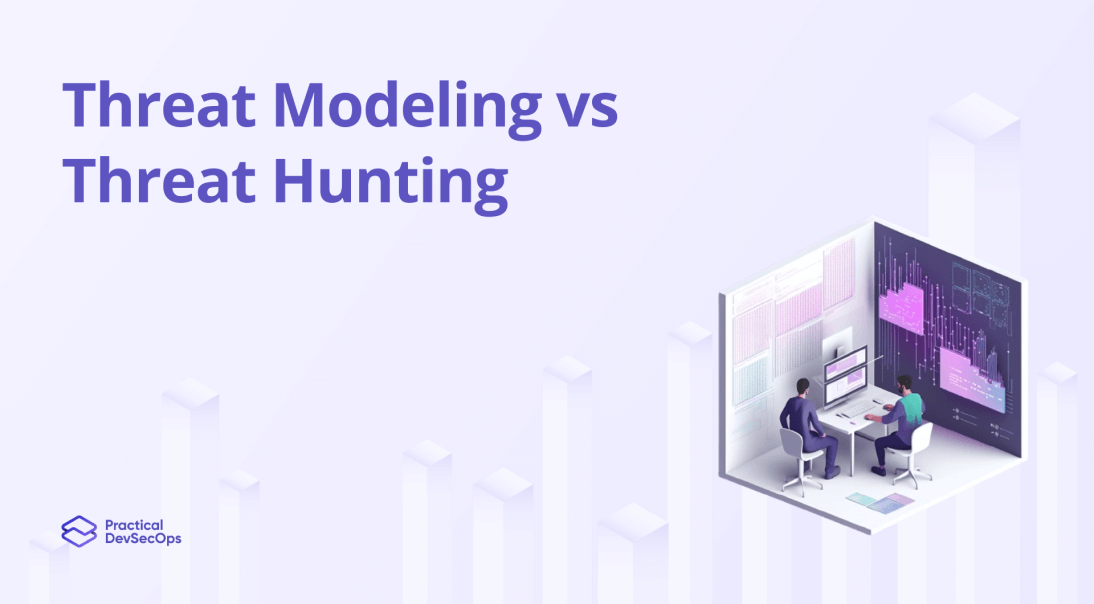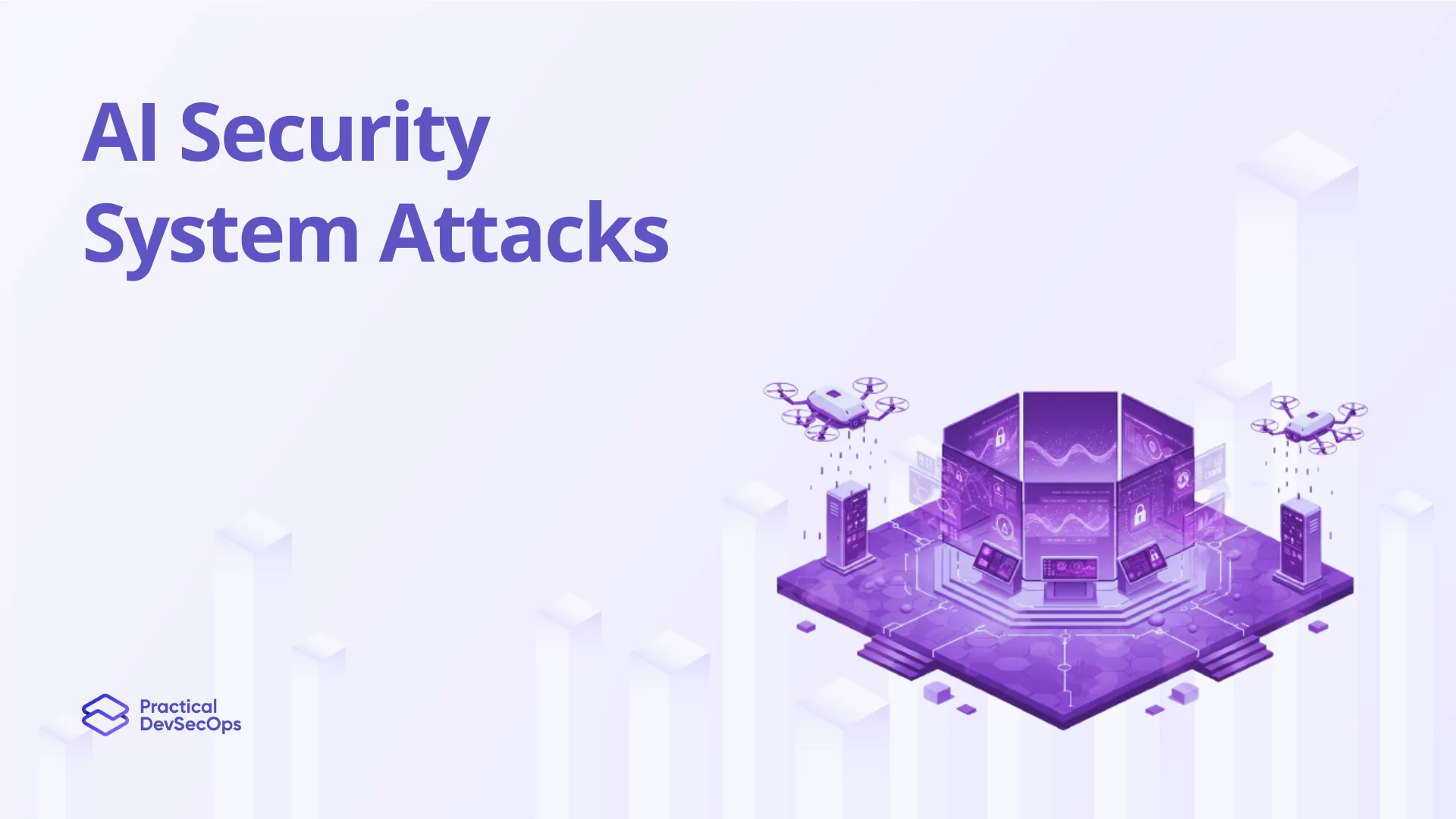Organizations must adopt proactive cybersecurity practices to safeguard their assets. Threat modeling and threat hunting identify and mitigate potential risks. This article delves into the differences between these techniques, explores how they complement each other, and shows how they strengthen an organization’s cybersecurity posture.
TL;DR
Threat modeling and threat hunting are both essential techniques in cybersecurity but serve different purposes. Threat modeling is a proactive approach, identifying potential vulnerabilities early in the development process and designing countermeasures. In contrast, threat hunting is a reactive strategy, actively searching for threats that have bypassed security defenses. Both practices work together to enhance security posture. Want to deepen your expertise in Threat Modeling? Enroll in the Certified Threat Modeling Professional (CTMP) course today!
Understanding Threat Modeling
Threat modeling is a proactive approach to security that focuses on identifying potential threats and vulnerabilities before they can be exploited. It involves assessing the system’s architecture, identifying potential weaknesses, and designing or implementing countermeasures to mitigate those risks.
Key Objectives of Threat Modeling
- Identifying Assets: Determine critical assets, such as sensitive data, infrastructure, or intellectual property, that need protection within a system or application.
- Recognizing Threats: Analyze potential threats that could exploit vulnerabilities to compromise these assets, assessing their likelihood and potential impact.
- Designing Countermeasures: Develop and implement security controls, mitigations, or architectural changes to address identified threats and vulnerabilities.
Also Read, How To Do Threat Modeling?
Real-World Example
Consider a scenario where an e-commerce platform wants to implement a new payment processing system. The security team conducts a threat modeling exercise to identify potential threats such as data breaches, injection attacks, or tampering with transaction data. They then design countermeasures, including secure coding practices, encryption protocols, and access controls, to protect sensitive customer payment information.
Also Read, How to Improve Your Analytics Thinking in Threat Modeling
Understanding Threat Hunting
Threat hunting, on the other hand, involves actively searching for signs of existing threats or malicious activity within an environment. It goes beyond the traditional security measures and aims to detect threats that have bypassed preventive security controls or remain undetected by automated security systems.
Also Read, Best Way To Do Threat Modeling
Key Objectives of Threat Hunting
- Proactive Detection: Hunt for signs of malicious activity, indicators of compromise (IOCs), or anomalies that may indicate a security breach or ongoing attack.
- Incident Response: Identify, investigate, and mitigate threats that have bypassed traditional security controls, aiming to minimize damage and prevent future incidents.
- Closing Security Gaps: Improve security posture by identifying weaknesses, fine-tuning security systems, and enhancing incident response capabilities based on the knowledge gained from hunting activities.
Real-World Example
Imagine an organization with a well-established security infrastructure notices unusual network traffic patterns. To investigate, the security team conducts threat hunting activities, analyzing network logs, examining endpoint behavior, and correlating data from various sources. They uncover a previously undetected advanced persistent threat (APT) campaign and respond by removing the malicious presence from their systems, enhancing their detection capabilities and tightening their security controls.
Threat Modeling vs Threat Hunting – Comparison
Here’s a comparison table highlighting the key differences between threat modeling and threat hunting:
| Aspect | Threat Modeling | Threat Hunting |
| Objective | Identifying potential vulnerabilities and risks | Proactively detecting existing threats and anomalies |
| Focus | Proactive approach | Reactive approach |
| Timing | Performed during the design and development phases | Conducted after implementation and during ongoing operations |
| Purpose | Preventive | Detective |
| Main Activities | Asset identification, threat identification, risk analysis, countermeasure design | Searching for indicators of compromise and anomalies, investigating and mitigating threats |
| Coverage | Wide perspective, considers the entire system or application | Focused analysis, targets specific indicators or behaviors |
| Input Sources | System architecture, design, and business requirements | Logs, network traffic, behavioral analysis, IOCs |
| Outcome | Addressing vulnerabilities proactively | Detecting and responding to threats that bypassed defenses |
| Collaboration | Involves development, security, and architecture teams | Collaboration between security teams and incident response |
| Benefits | Mitigating risks, enhancing security controls | Early detection, quick response, closing security gaps |
| Integration with SDLC | Integral part of the software development lifecycle | Supports incident response and ongoing security operations |
Also Read, Threat Modeling Best Practices
The Synergy Between Threat Modeling and Threat Hunting
Both threat modeling and threat hunting play crucial roles in a comprehensive cybersecurity strategy. While threat modeling focuses on preventive measures to mitigate potential risks, threat hunting complements it by actively searching for signs of existing threats. By combining these practices, organizations can create a multi-layered approach to security.
- Unearthed vulnerabilities through threat modeling can guide the prioritization of hunting activities, enabling targeted evaluation and detection efforts.
- Threat hunting can provide valuable insights into real-world attack techniques that can inform threat modeling exercises, allowing for proactive security measures.
- Continuous collaboration between threat modeling and threat hunting teams enables a more comprehensive understanding of the threat landscape and promotes a more robust defense strategy.
Also Read, Types of Threat Modeling Methodology
Conclusion
Threat modeling and threat hunting are distinct but complementary practices in the realm of cybersecurity. Threat modeling focuses on proactive identification and mitigation of potential vulnerabilities, while threat hunting aims to actively detect existing threats and respond effectively. By adopting both practices, organizations can fortify their security defenses, enhance incident response capabilities, and stay one step ahead of potential adversaries in an ever-evolving threat landscape.
Upskill in Threat Modeling
Also Read, Threat Modeling vs Penetration Testing







0 Comments